Even 20 years ago, doctors could hardly determine the sex of the child by ultrasound. About the presence of any pathology of the fetus was not at all questionable, since then there were no screenings that became mandatory since 2000.
Contents of
- What does screening for pregnancy show?
- How many screenings are made for pregnancy?
- How many weeks of pregnancy do the first screening?
- Decoding of the first screening for pregnancy
- On what week of pregnancy do the second screening?
- Decoding and norms of the second screening
- What week do I do the third screening?
- Decipherment and norms of the third pregnancy screening
- Screening for multiple pregnancies
- When to do pregnancy screening: advice and feedback
- VIDEO: Deciphering screenings for pregnancy
What does screening for pregnancy show?
Screening - the study of the number of hormones and the conduct of ultrasound, by which you can find out if the child has any genetic abnormalities. Simply put, doctors will find out whether there is a neural tube defect in the fetus or Down syndrome. It is also possible to learn about the possibility of other serious abnormalities.
A total of three screenings are made for a woman. Each of them includes a biochemical blood test, ultrasound and an analysis of the number of hormones. On these results, even at early stages it is possible to determine the presence of genetic disorders in the child. A woman is given a choice, give birth to a sick baby or not.
Unfortunately, now there is a very large number of false-positive results, when screening shows the presence of deviations, which in fact there. In this case, the pregnant woman is offered to conduct an invasive method of investigation.
 Screening for pregnancy
Screening for pregnancy How many screenings are made for pregnancy?
Approved are three screenings, but the physician may prescribe additional studies according to the indications. They are usually associated with a violation of the health of a pregnant woman. Do not be surprised if you are asked to take several tests of blood, urine and smears.
Approved are only two ultrasound, for 11-12 weeks and for 20-24 weeks. The rest are only on indications. But doctors are often reinsured and appoint ultrasound at 32 weeks. This is to determine the presentation of the fetus and its size. It also determines the amount of water and the development of all the organs of the baby.
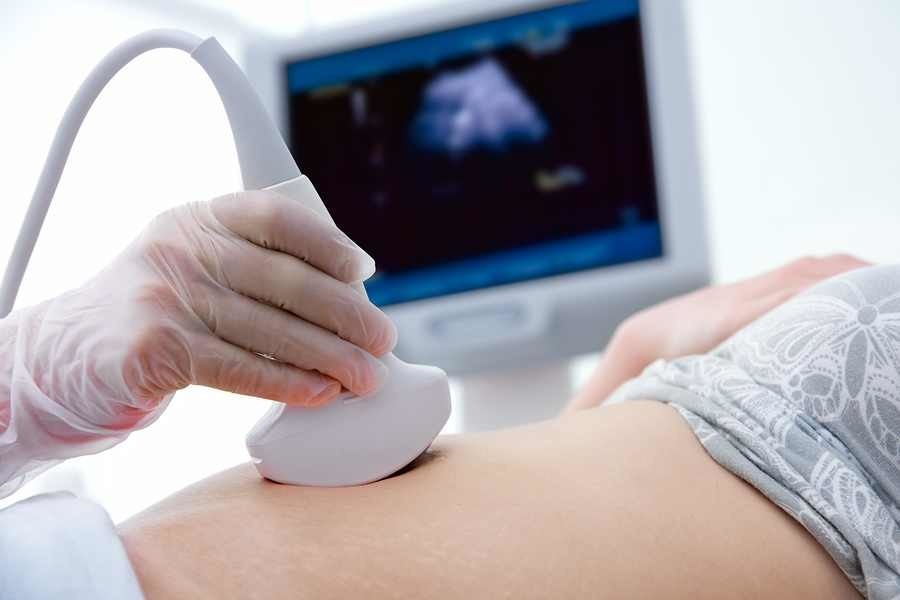 Screening for pregnancy
Screening for pregnancy How many weeks of pregnancy do the first screening?
The first screening is done at 11-12 weeks of pregnancy. At this time, conduct such studies:
- ultrasound. This study is conducted to determine the exact duration of pregnancy and the presence of developmental abnormalities in the fetus. At this time measure the thickness of the collar space. At rates greater than 2 mm, additional studies are prescribed for
- . The blood test for hCG and RAPP-A. These indicators will help determine whether there are abnormalities in the fetus and how well the pregnancy is. This test is called a double
- Urine and blood test. For registration, it is necessary to pass a lot of tests. These are studies on HIV, syphilis and genital infections. Often, women consider these studies the first screening, but in fact it is not. Usually the registration coincides with the first screening
 The timing of the screening
The timing of the screening The decoding of the first screening for pregnancy
At this time, ultrasound is determined by the size of the child, the length of the bones of the hands and feet, the size of the abdomen. These indicators can vary widely, and little is said about it.
Explanation of the screening:
- It is worth paying attention to the thickness of the collar space. At rates above 2 mm, the woman is prescribed a second ultrasound. Of great importance is the exact date of pregnancy. At 13 weeks, the TBP can be no higher than 2.7 mm
- CTE. This is the size of the child from the crown to the tailbone. At 10 weeks, it is 14 mm, and at 13 weeks it is 26 mm
- hCG. This is a hormone that is excreted in pregnancy, by its number one can judge the pathologies of the fetus. For example, a large amount of hCG indicates a multiple pregnancy, gestosis or fetal development pathologies. Often, the level of this hormone increases when taking progestins( Urozhestan, Dyufaston).At low hCG values, a doctor may suspect an ectopic or frozen pregnancy. With high hCG, a baby may be suspected of Down's syndrome, and at low rates - Edwards syndrome. More details in the table
- Table of Contents RARP-A. Elevated levels of this hormone also indicate pathologies in fetal development and chromosomal abnormalities
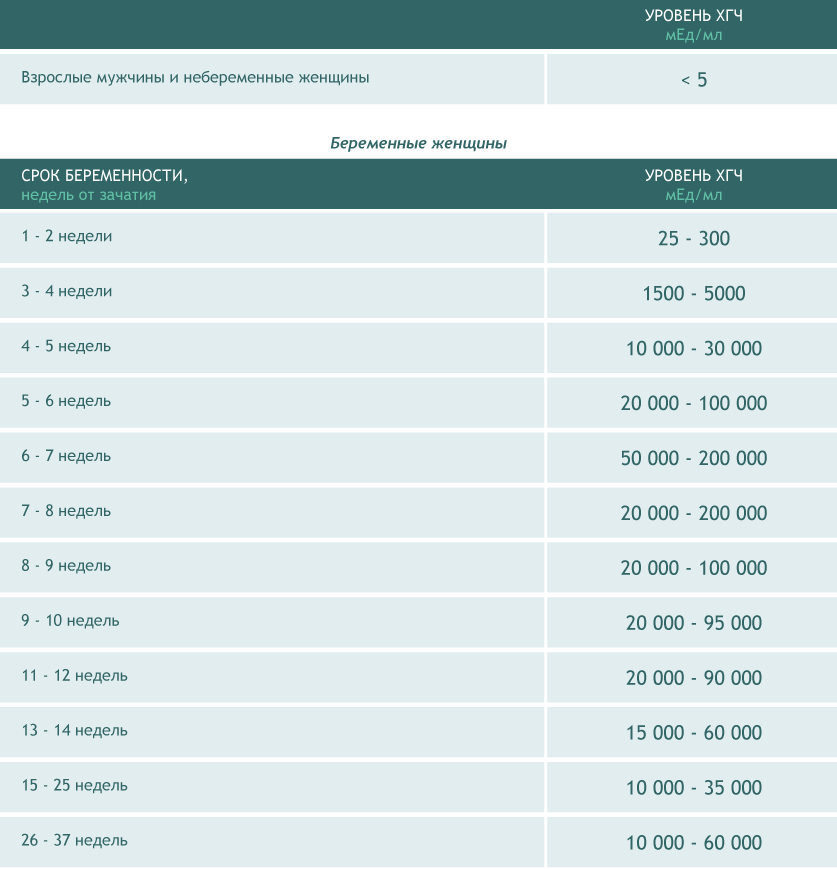 HCG rates for weeks
HCG rates for weeks What week of pregnancy do the second screening take?
The norm is 16-22 weeks. Doctors recommend taking blood from 16 to 18 weeks. At this time, a triple test is carried out. It reflects the amount of AFP, hCG and free estriol. By results of researches it is possible to judge presence of chromosomal disturbances of a fetus, and also about possible illnesses of internal organs.
US is recommended to do later, from 20-24 weeks. At this time, you can see the size of the internal organs of the fetus and their correspondence to the gestation period.
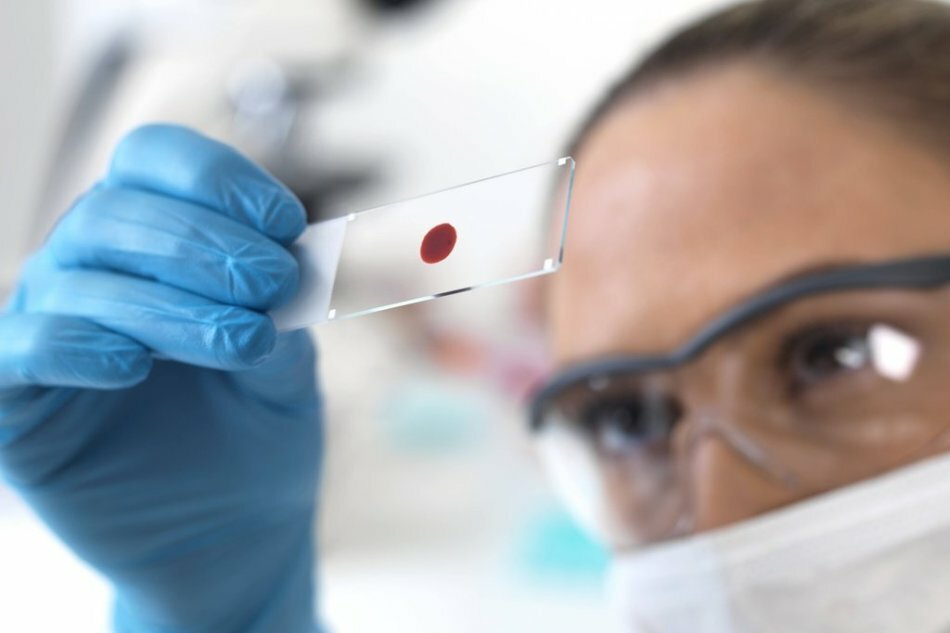 Second screening
Second screening Decoding and norms of the second screening
With the results of the analyzes you will get not only the content of three hormones in the blood, but also their norms. They may differ in different laboratories depending on the method of study.
- In general, the second screening examines all the indicators in the complex. Elevated or decreased content of a particular hormone still does not say anything. Thus, with high hCG and low AFP there is a high risk of having a child with Down's syndrome. At the same time, a high hCG with normal AFP concentration may indicate the intake of hormonal preparations of the pregnant
- . In many laboratories a graph is drawn up after the triple test. Based on its values, you will be given the risk of developing pathologies in the fetus and Down's syndrome
- Free estriol is a hormone that is produced by the adrenal glands of the fetus and the placenta. With a decrease in the value by 40%, one can speak of the pathologies of the fetal internal organs or the child's repetition
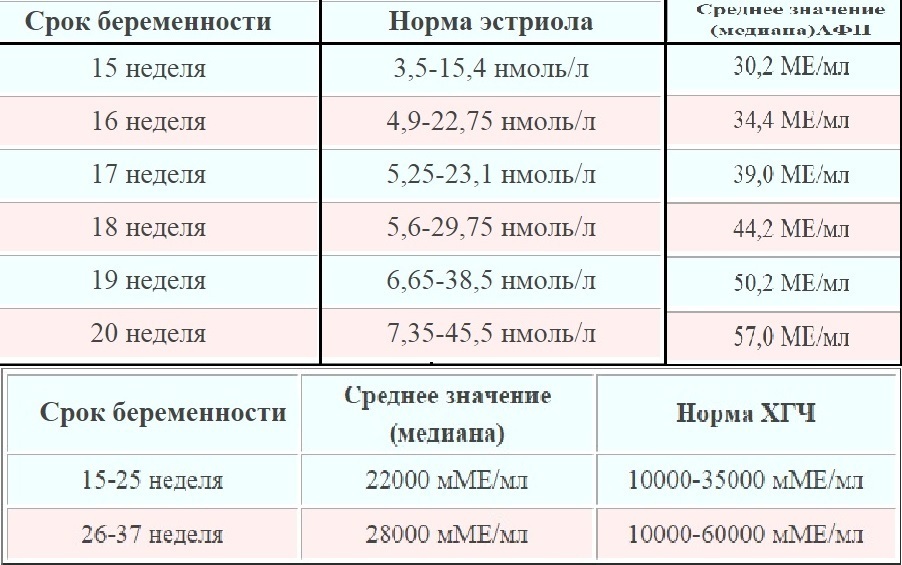 Results of the triple test
Results of the triple test What week do I do the third screening?
This screening does not require the donation of blood to hormones, if the results of previous screenings did not reveal pathologies. Such diagnostics is conducted from 32-36 weeks. During ultrasound, the doctor carefully examines the condition and size of the internal organs of the fetus. In addition, the child's blood flow is analyzed.
More precisely, the doctor looks at the main veins and blood vessels of the child and his heart. Helps to find out if the baby has enough oxygen. If you have all the norm after 1 and 2 screening, the doctor does not prescribe a blood test for hormones. Only with dubious results of previous screenings you will receive direction.
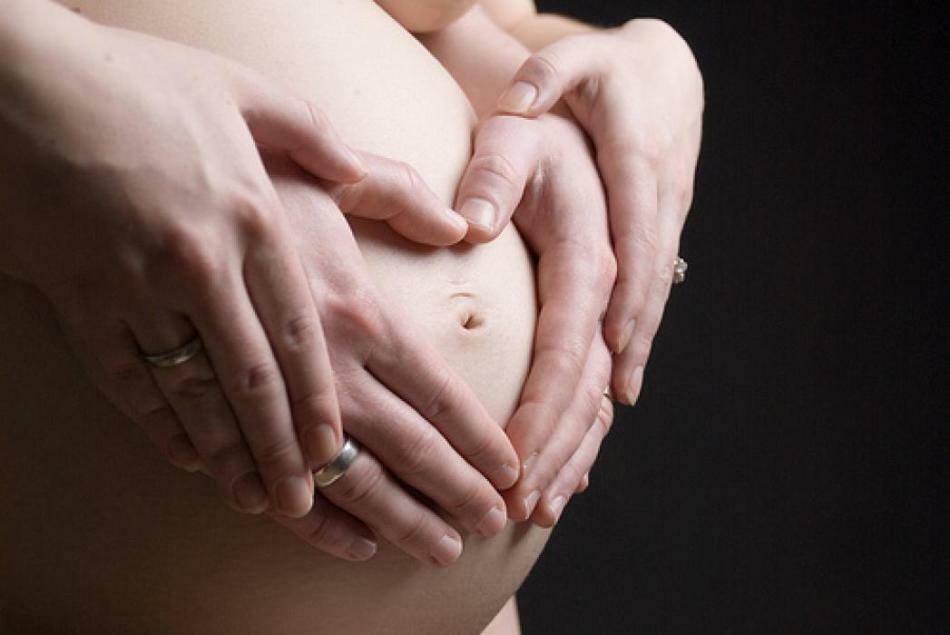 Third screening
Third screening Decoding and norms of the third pregnancy screening
The purpose of the third screening is to find out the development of the fetal pathology and also to determine the placenta condition.
Here are the norms of the basic parameters of the fetus:
- LZR( fronto-occipital) about 102 to 107 mm
- Biparietal average from 85 to 89 mm
- OG from 309 to 323 mm
- Coolant from 266 to 285 mm
- forearm size from46 to 55 mm
- bone size of shank from 52 to 57 mm
- length of hip from 62 to 66 mm
- length of shoulder from 55 to 59 mm
- height of child from 43 to 47 cm
- weight of fruit from 1790 to 2390 grams
 third screening
third screening Screeningwith multiple pregnancies
At the first screening, a woman who wears several babies will be assigned ultrasound. When confirming a multiple pregnancy, tests for HCG and RAPP-A are not prescribed.
- In case of multiple pregnancies, these results are questionable and are not informative
- At the first ultrasound for the detection of abnormalities in fetal development, TAP for both fetuses and the presence of free fluid in the cervical space of
- are evaluated. From 16 to 20 weeks, the blood test for hormones, ie triple,there is no point in passing. These results are inaccurate and can not indicate the health or malformations of the child
The only reliable study for multiple pregnancies is ultrasound.
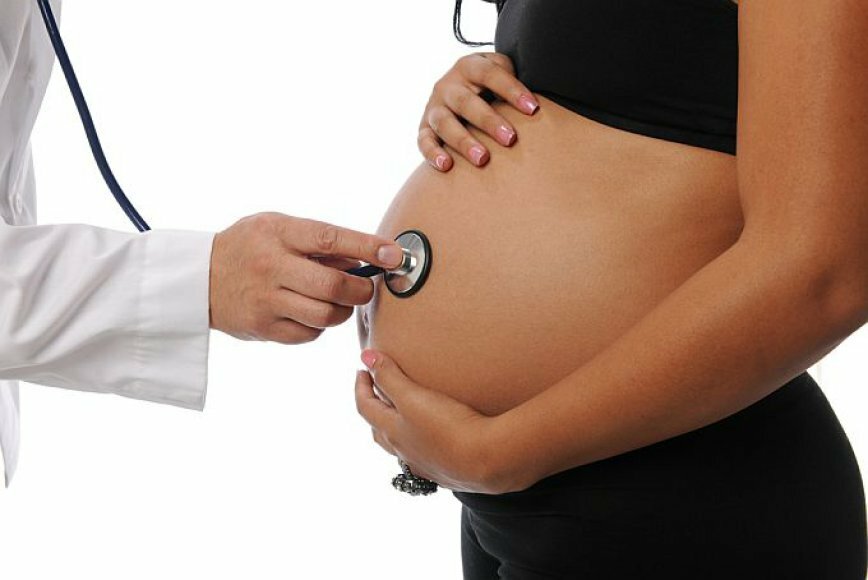 Multiple pregnancy
Multiple pregnancy When to do pregnancy screening: advice and feedback
In order not to miss the date of screening, it is necessary to register with a gynecologist before the 12th week. He will tell you by day what and when you need to pass.
- Pass screenings within the specified time frame. The first screening is better at 11-12 weeks. It was at this time the results of the double test the most accurate
- . The second screening should be done from 16-18 weeks( this is a triple test).Ultrasound should be done later on 20-24 weeks. To the doctor with results of the triple test it is necessary to come with the first ultrasound. A reconciliation of the results and identification of possible risks of
- . Be sure to inform the doctor about taking medication. Before donating blood, do not eat anything. A few days before the screening, do not eat chocolate and seafood.
 . When doing screening.
. When doing screening. . Be healthy and do not worry about trifles. In 20-40% of cases, screening results are false positive.
